Hạt hút ẩm, các loại hạt hút ẩm thường hay sử dụng
Bao đóng gói hạt hút ẩm 25kg
Mô tả
Hạt hút ẩm trên thị trường hiện nay có rất nhiều loại.
- Hạt màu trắng trong (white) – với tên gọi silica gel white
- Hạt màu xanh dương (blue) – Với tên gọi silica gel blue
- Hạt màu cam (Orange) – Với tên gọi silica gel Orange
- Hạt màu nâu (Brown) – thuộc loại Clay hay còn gọi đất sét
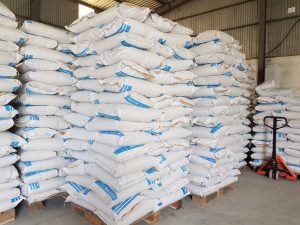
Tổng quan về hạt hút ẩm:
Hạt hút ẩm là loại hạt hút hơi nước nhằm bảo quản các sản phẩm khỏi độ ẩm. Chúng được sử dụng hầu hết trên toàn cầu. Mọi sản phẩm trong cuộc sống hàng ngày, Chúng được dễ dàng tìm thấy ở trong hộp bánh, ngăn kéo, túi xách, tủ quần áo… Những nhà máy đóng gói, cần bảo quản hàng thường đều dùng đến gói hạt hút ẩm.
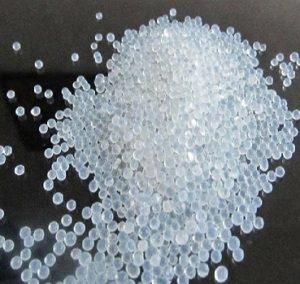
Khi chúng ta mua hàng nên tìm hiểu kỹ sản phẩm có tác dụng gì, sử dụng như thế nào. Vì trên thị trường hiện nay có rất nhiều loại hạt hút ẩm khác nhau. Mỗi loại có những yếu tố công dụng riêng. Theo mục đích sử dụng khác nhau mà ta chọn loại phù hợp.
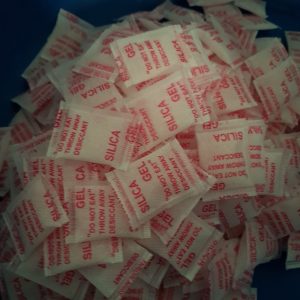
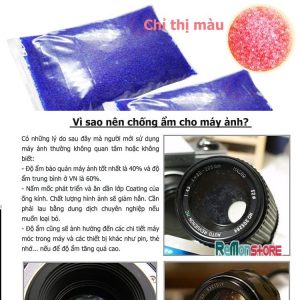
Xưởng sản xuất số 1: tại KCN Phú Nghĩa, huyện Chương Mỹ, TP. Hà Nội.
Xưởng sản xuất số 2: KCN Lương Sơn, Hòa Bình
Văn phòng: Đường Văn La, Phường Phú La, Quận Hà Đông, Thành Phố Hà Nội
Đại lý: Đường Trường Chinh, Phường Hạ Long, Thành Phố Nam Định
Đại lý: Đường Lạc Long Quân, Phường 3, Quận 11, Thành phố Hồ Chí Minh
ĐT: 0946 731 138 – 0903 460 753
Kho chứa hàng cực lớn của công ty TTL Phú Lương cung cấp đáp ứng cho khách hàng số lượng lớn.
Nguyên bao đóng gói bảo quản 2 túi lớp nilon.
Miễn phí giao hàng với số lượng lớn
Thông số kỹ thuật MSDS
Prepared to U.S. OSHA, CMA. ANSI, Canadian WHIMIS Standards, Australian Worksafe, Japanese
Industrial Standard JIS, and European Directives.
GHS MSDS FOR WHITE SILICA GEL
1. Product Identification
Synonyms: Kieselgel; Daiso Gel; Silica, Amorphous
CAS No.: 7631-86-9
EINICS number: 231-545-4
Molecular Weight: Not available.
Chemical Formula: SiO2 + H2O
Product Codes: 11223, 11224, 11233, 3404, 3405, 3406, 7624
2. Hazards Identification
Emergency Overview
————————–
CAUTION! MAY CAUSE IRRITATION TO SKIN, EYES, AND RESPIRATORY TRACT.
SAF-T-DATA(tm) Ratings (Provided here for your convenience)
——————————————————————————————
Health Rating: 2 – Moderate
Flammability Rating: 1 – Slight
Reactivity Rating: 1 – Slight
Contact Rating: 2 – Moderate
Lab Protective Equip: GOGGLES; LAB COAT; VENT HOOD; PROPER GLOVES
Storage Color Code: Green (General Storage)
——————————————————————————————-
Potential Health Effects
———————————-
This product contains synthetic amorphous silica, not to be confused with crystalline silica
such as quartz, cristobalite or tridymite or with diatomaceous earth or other naturally occurring
forms of amorphous silica that frequently contain crystalline forms.
Inhalation:
May cause dryness and irritation to mucous membranes, nose, and throat. Symptoms may include
coughing, sore throat, and wheezing.
Ingestion:
No adverse effects expected.
Skin Contact:
May cause irritation with dryness and abrasion.
Eye Contact:
May cause irritation, redness and pain.
Chronic Exposure
3. Composition/Information on Ingredients
| Ingredient | CAS No | Percent | Hazardous |
| ——————— | ———— | ———— | ——— |
| Silica Gel | 7631-86-9 | 99 – 100% | Yes |
4. First Aid Measures
Inhalation:
Remove to fresh air. Get medical attention for any breathing difficulty.
Ingestion:
Give several glasses of water to drink to dilute. If large amounts were swallowed, get medical
advice.
Skin Contact:
Immediately flush skin with plenty of soap and water for at least 15 minutes. Remove contaminated
clothing and shoes. Wash clothing before reuse. Thoroughly clean shoes before reuse. Get medical
attention if irritation develops.
Eye Contact:
Immediately flush eyes with plenty of water for at least 15 minutes, lifting upper and lower
eyelids occasionally. Get medical attention if irritation persists.
5. Fire Fighting Measures
Fire:
Not considered to be a fire hazard.
Explosion:
Not considered to be an explosion hazard.
Fire Extinguishing Media:
Use any means suitable for extinguishing surrounding fire.
Special Information:
Use protective clothing and breathing equipment appropriate for the surrounding fire.
6. Accidental Release Measures
Ventilate area of leak or spill. Wear appropriate personal protective equipment as specified
in Section 8. Spills: Sweep up and containerize for reclamation or disposal. Vacuuming or wet
7. Handling and Storage
Keep in a tightly closed container, stored in a cool, dry, ventilated area. Protect against
physical damage. When pouring into a container of flammable liquid, ground both containers
electrically to prevent a static electric spark. Containers of this material may be hazardous
when empty since they retain product residues (dust, solids); observe all warnings and precautions
listed for the product.
8. Exposure Controls/Personal Protection
Airborne Exposure Limits:
Silica (synthetic, amorphous):
– OSHA Permissible Exposure Limit (PEL) –
80/(%SiO2) mg/m3 (TWA) for amorphous silica, including natural diatomaceous earth.
– ACGIH Threshold Limit Value (TLV) –
10 mg/m3 (TWA) for amorphous precipitated silica and amorphous silica gel.
Ventilation System:
A system of local and/or general exhaust is recommended to keep employee exposures below the
Airborne Exposure Limits. Local exhaust ventilation is generally preferred because it can control
the emissions of the contaminant at its source, preventing dispersion of it into the general
work area. Please refer to the ACGIH document, Industrial Ventilation, A Manual of Recommended
Practices, most recent edition, for details.
Personal Respirators (NIOSH Approved):
If the exposure limit is exceeded and engineering controls are not feasible, a half facepiece
particulate respirator (NIOSH type N95 or better filters) may be worn for up to ten times the
exposure limit or the maximum use concentration specified by the appropriate regulatory agency
or respirator supplier, whichever is lowest.. A full-face piece particulate respirator (NIOSH
type N100 filters) may be worn up to 50 times the exposure limit, or the maximum use concentration
specified by the appropriate regulatory agency, or respirator supplier, whichever is lowest.
If oil particles (e.g. lubricants, cutting fluids, glycerine, etc.) are present, use a NIOSH
type R or P filter. For emergencies or instances where the exposure levels are not known, use
a full-facepiece positive-pressure, air-supplied respirator. WARNING: Air-purifying respirators
do not protect workers in oxygen-deficient atmospheres.
Skin Protection:
Wear protective gloves and clean body-covering clothing.
Eye Protection:
Use chemical safety goggles. Maintain eye wash fountain and quick-drench facilities in work area.
9. Physical and Chemical Propertie
Odor:
Odorless.
Solubility:
Negligible (< 0.1%)
Specific Gravity:
2.10
pH:
3 – 8 (in 5% slurry)
% Volatiles by volume @ 21C (70F):
0
Boiling Point:
2230C (4046F)
Melting Point:
1610C (2930F)
Vapor Density (Air=1):
Not applicable.
Vapor Pressure (mm Hg):
Not applicable.
Evaporation Rate (BuAc=1):
No information found.
10. Stability and Reactivity
Stability:
Stable under ordinary conditions of use and storage.
Hazardous Decomposition Products:
Oxides of carbon and silicon may be formed when heated to decomposition.
Hazardous Polymerization:
Will not occur.
Incompatibilities:
Reacts with hydrogen fluoride, fluorine, oxygen difluoride, chlorine trifluoride, strong acids,
strong bases, and oxidizers.
Conditions to Avoid:
Moisture, extreme heat, and incompatibles.
11. Toxicological Information
No LD50/LC50 information found relating to normal routes of occupational exposure.
——–\Cancer Lists\—————————————————–
12. Ecological Information
Environmental Fate:
When released into the soil, this material is not expected to biodegrade. When released into
water, this material is not expected to biodegrade.
Environmental Toxicity:
This material is not expected to be toxic to aquatic life.
13. Disposal Considerations
Whatever cannot be saved for recovery or recycling should be managed in an appropriate and approved
waste disposal facility. Processing, use or contamination of this product may change the waste
management options. State and local disposal regulations may differ from federal disposal
regulations. Dispose of container and unused contents in accordance with federal, state and local
requirements.
14. Transport Information
Not regulated.
15. Regulatory Information
——–\Chemical Inventory Status – Part 1\———————————
| Ingredient | TSCA | EC | Japan Australia | |
| ———————————————– Silica Gel (63231-67-4) |
—- Yes |
— Yes |
—– Yes |
——— Yes |
——–\Chemical Inventory Status – Part 2\———————————
–Canada–
| Ingredient ———————————————– Silica Gel (63231-67-4) |
Korea —– Yes |
DSL — Yes |
NDSL —- No |
Phil. —– Yes |
——–\Federal, State & International Regulations – Part 1\—————-
| -SARA 302- | ——SARA 313—— | |||
| Ingredient —————————————– Silica Gel (63231-67-4) |
RQ — No |
TPQ —– No |
List —- No |
Chemical Catg. ————– No |
——–\Federal, State & International Regulations – Part 2\—————-
| -RCRA- 261.33 —— |
-TSCA 8(d) —— |
Ingredient —————————————– |
CERCLA —— |
Silica Gel (63231-67-4) No No No
| Chemical Weapons Convention: | No | TSCA 12(b): | No | CDTA: | No |
| SARA 311/312: Reactivity: No |
Acute: Yes | Chronic: Yes | Fire: No | Pressure: No | |
| (Pure / Solid) |
Australian Hazchem Code: None allocated.
Poison Schedule: None allocated.
WHMIS:
This MSDS has been prepared according to the hazard criteria of the Controlled Products
Regulations (CPR) and the MSDS contains all of the information required by the CPR.
16. Other Information
NFPA Ratings: Health: 1 Flammability: 0 Reactivity: 0
Label Hazard Warning:
CAUTION! MAY CAUSE IRRITATION TO SKIN, EYES, AND RESPIRATORY TRACT.
Label Precautions:
Avoid contact with eyes, skin and clothing.
Avoid breathing dust.
Keep container closed.
Use with adequate ventilation.
Wash thoroughly after handling.
Label First Aid:
If inhaled, remove to fresh air. Get medical attention for any breathing difficulty. In case
of contact, immediately flush eyes or skin with plenty of water for at least 15 minutes. Get
medical attention if irritation develops or persists.
Product Use:
Laboratory Reagent.
Revision Information:
No Changes
Chỉ những khách hàng đã đăng nhập và mua sản phẩm này mới có thể đưa ra đánh giá.

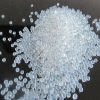

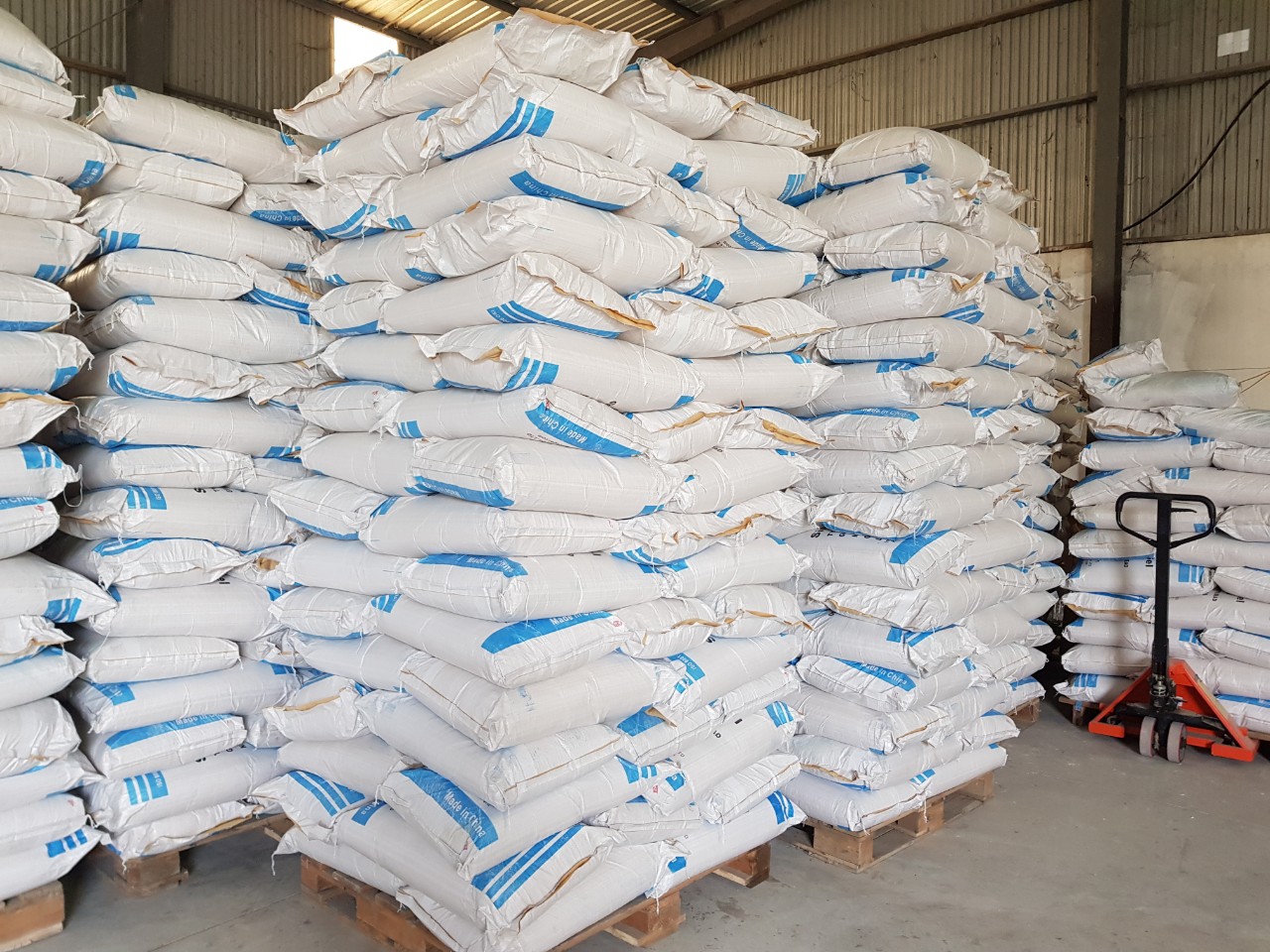
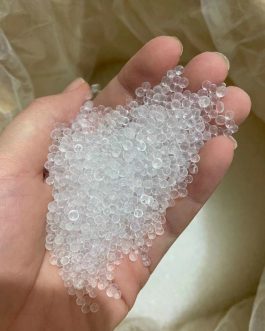
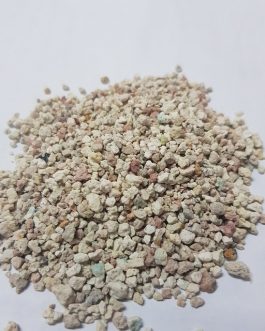
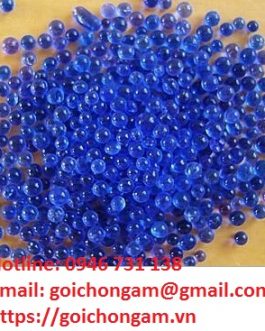
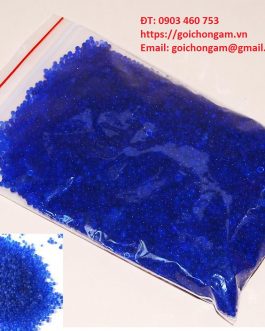
Đánh giá
Chưa có đánh giá nào.